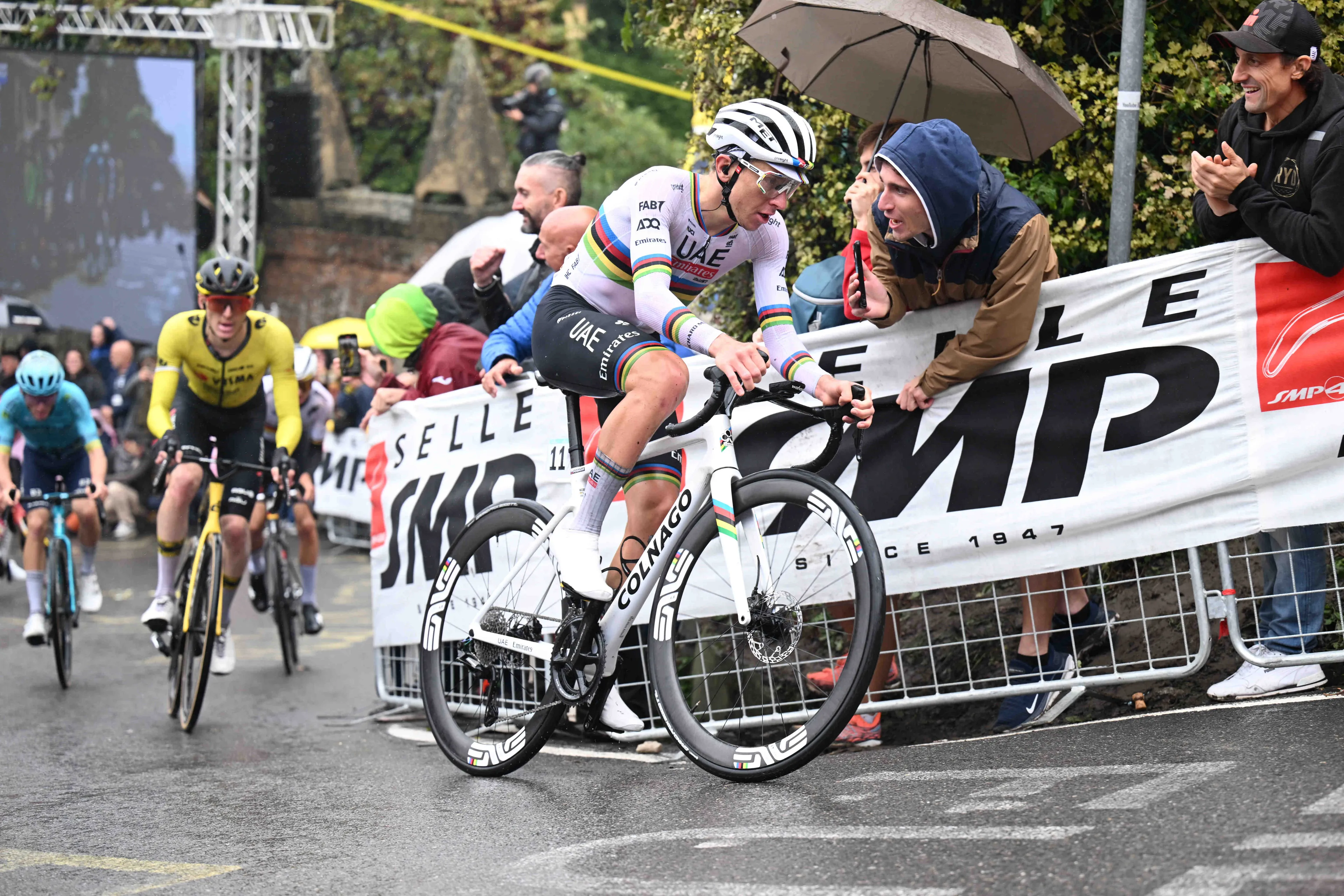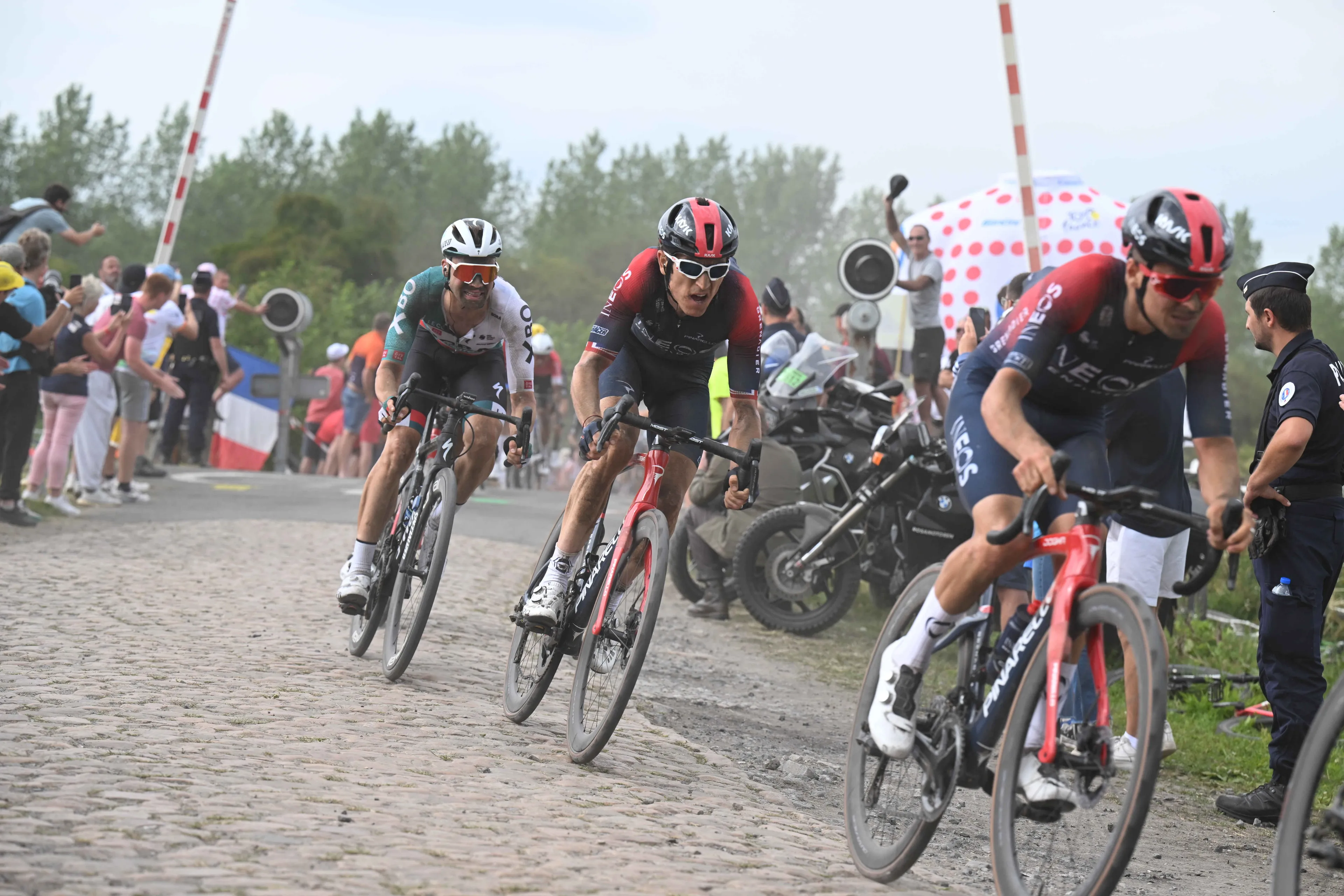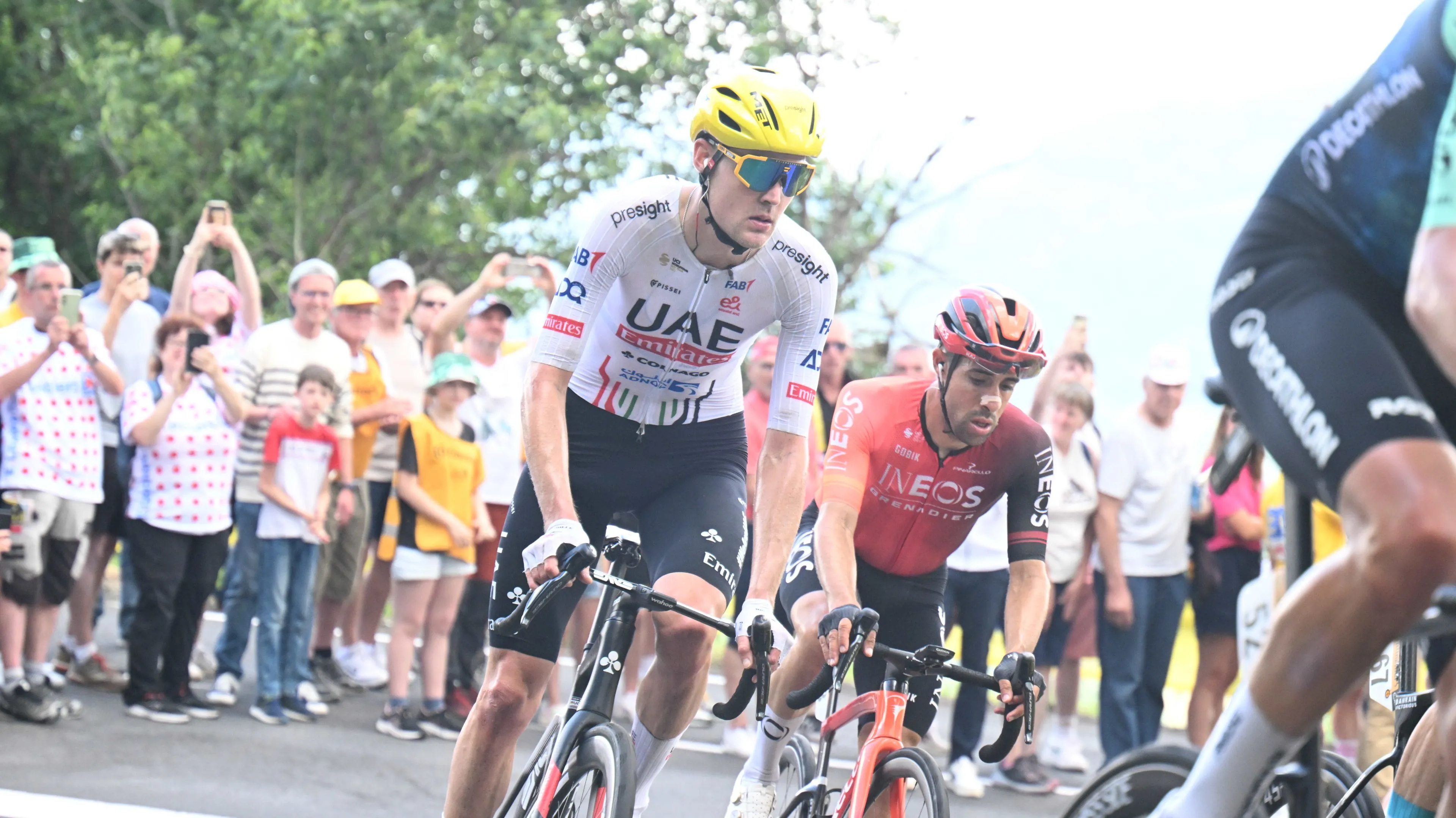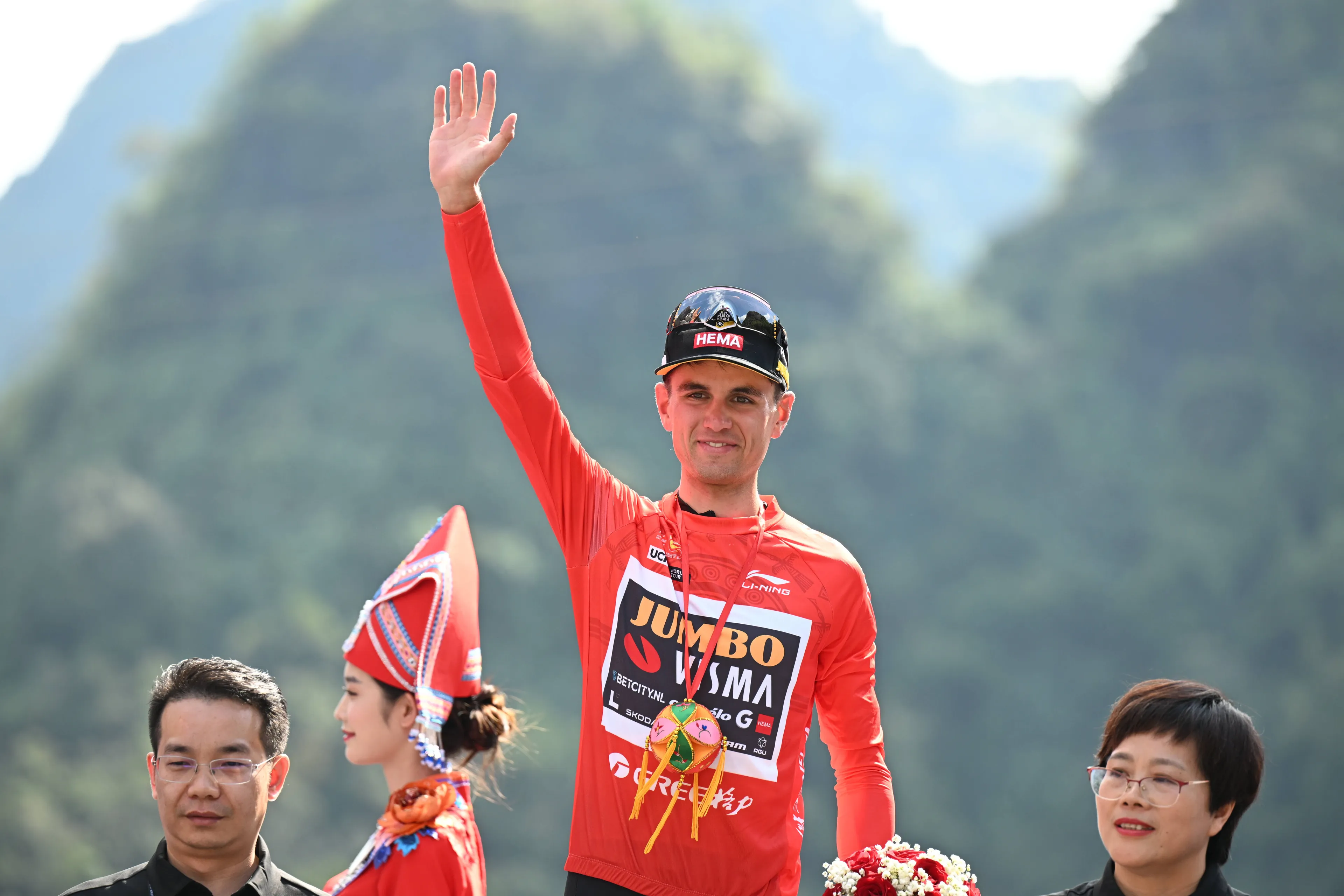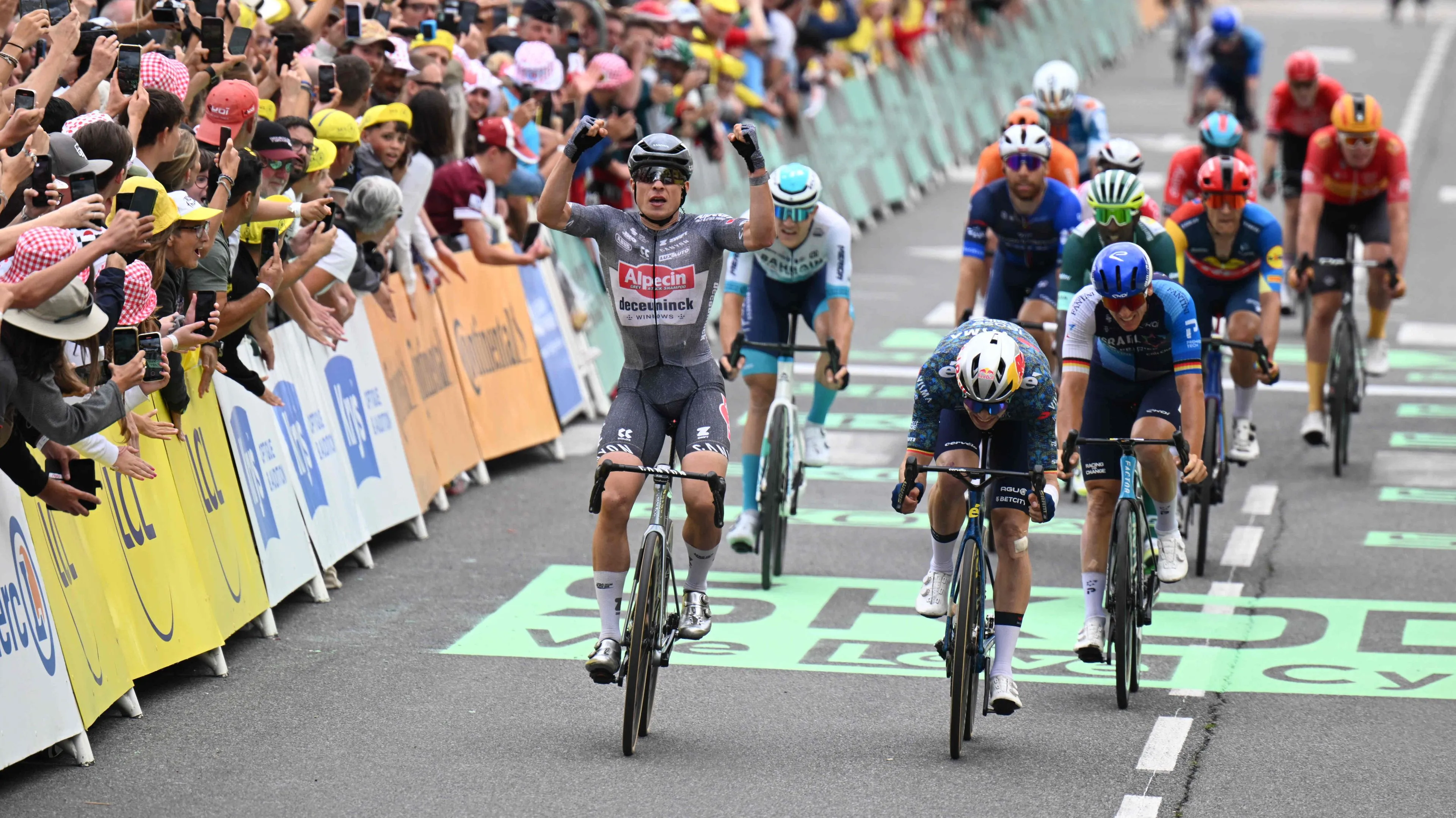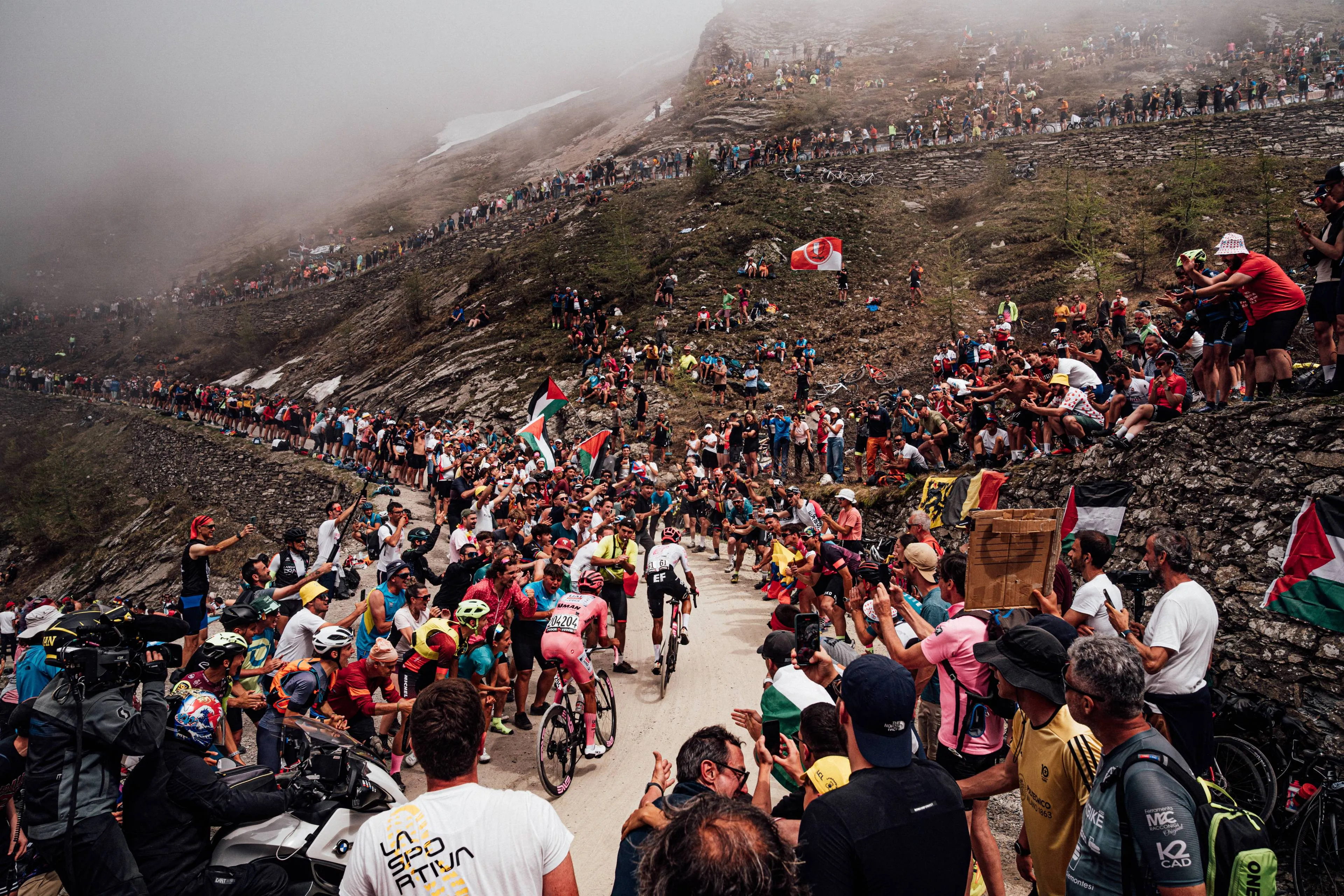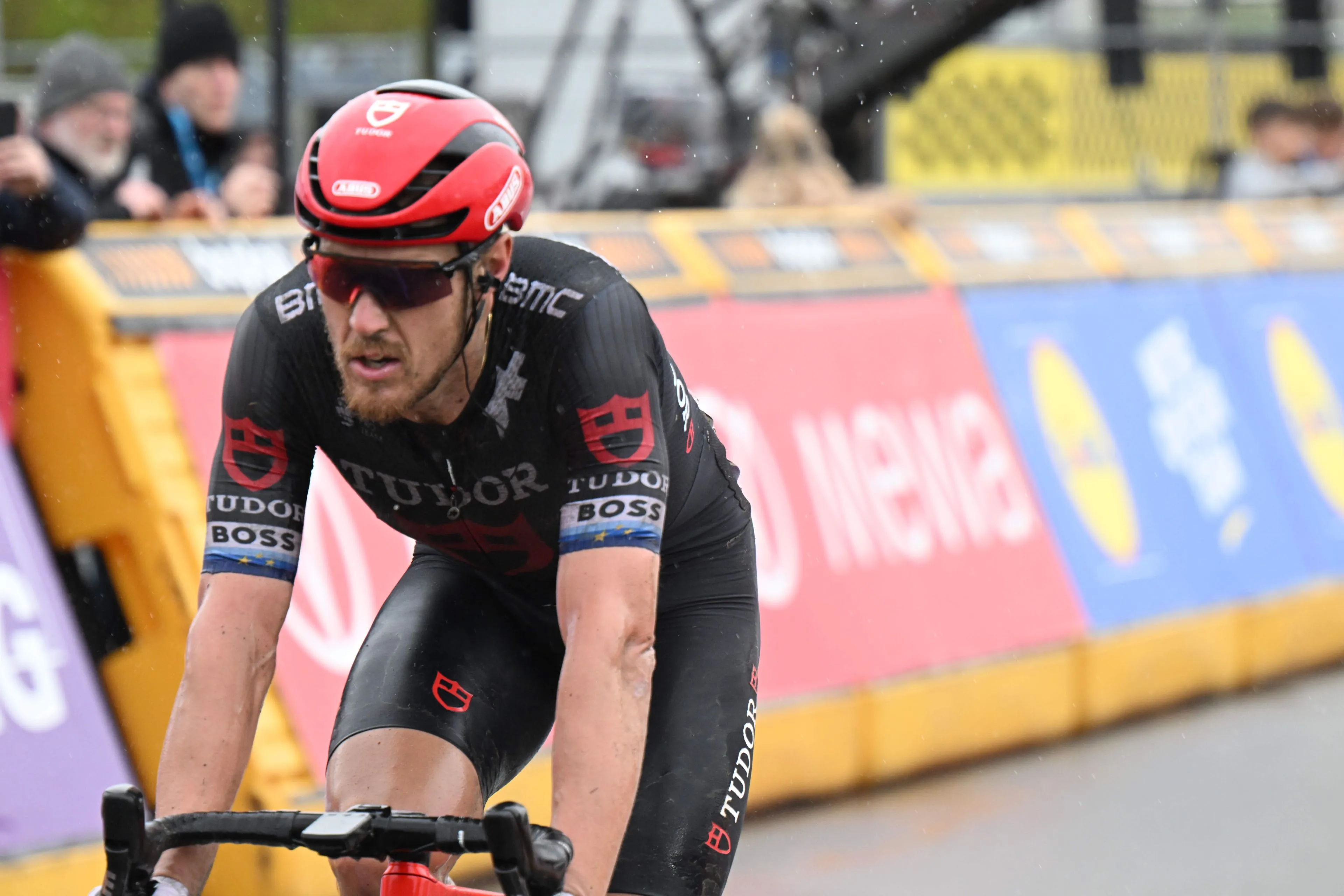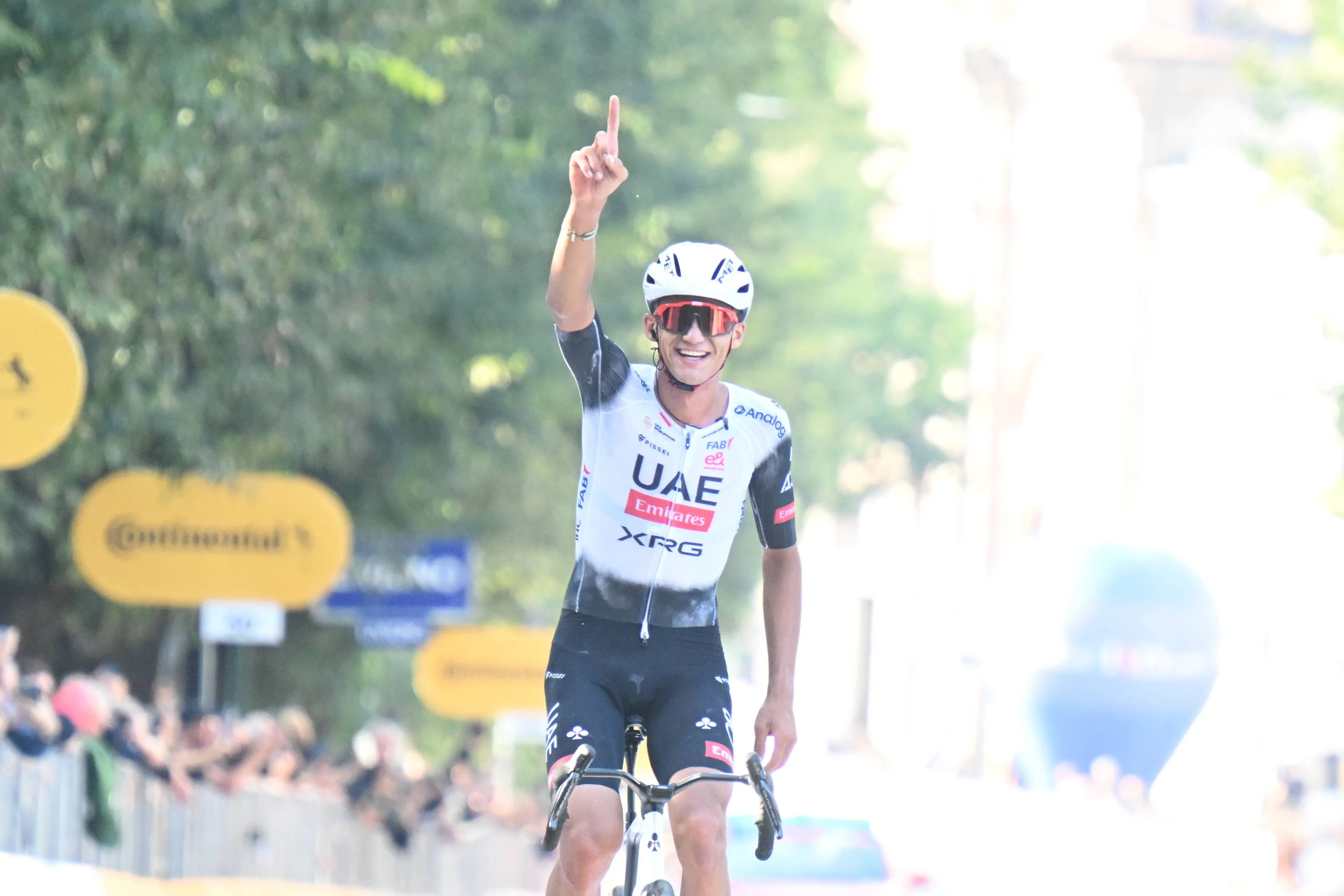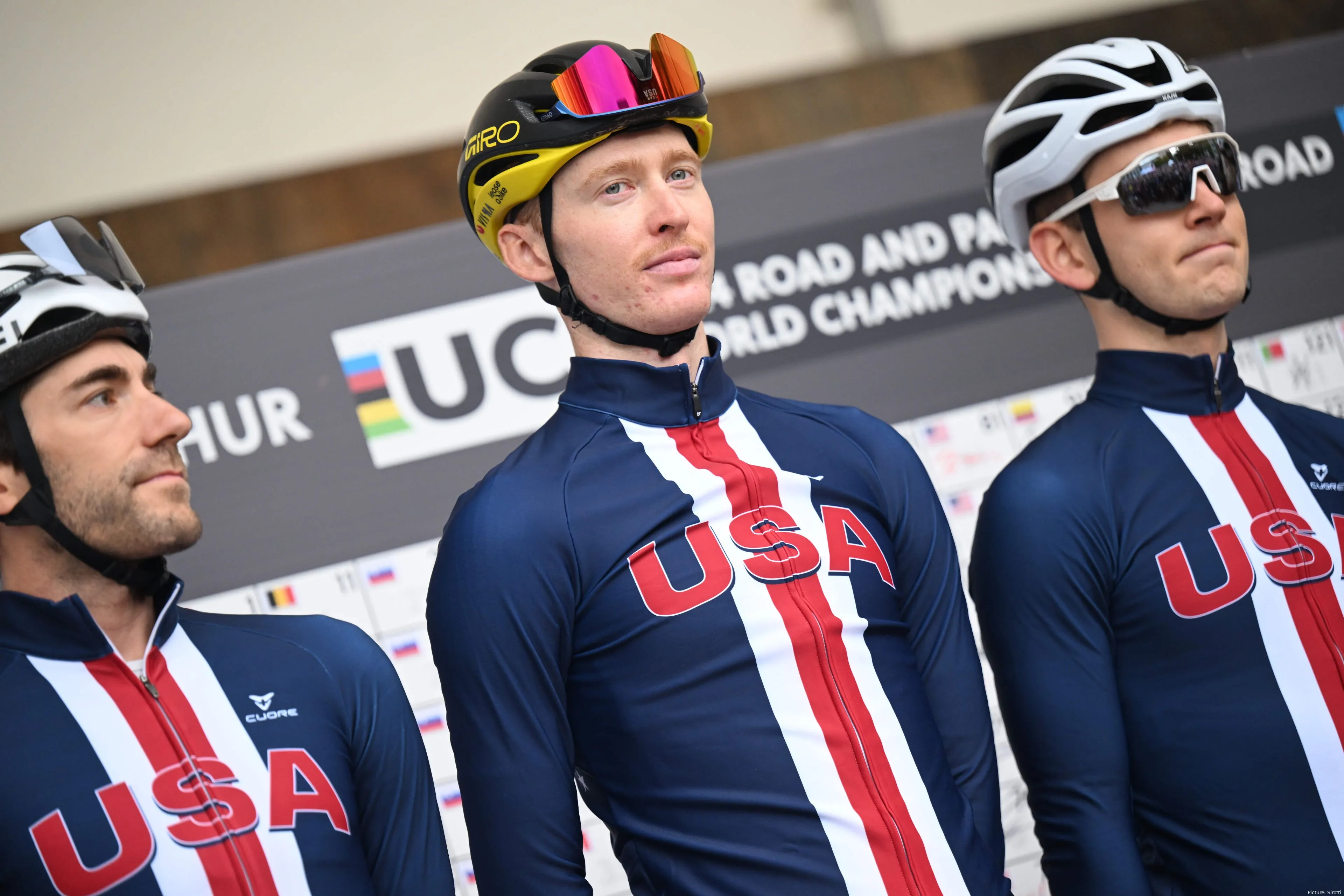
Cycling has long been a sport dominated by Europe. Whether
it’s the legendary races that transcend sport like the Tour de France, the
culture of cycling integrated into daily life, or the sheer volume of talented
riders hailing from the continent, Europe stands as the undisputed home of
professional cycling.
In contrast, the United States, despite being a sporting
powerhouse, struggles to make its mark on the World Tour. In this article, we
will explore the differences in cycling culture between Europe and the USA, as
we look to understand the reasons behind Europe’s dominance and what can be
done to close the gap.
Read also
UCI World Rankings
One clear indicator of the gap between European and American
cycling is the UCI World Rankings. As of the latest rankings, there are no
Americans in the top 10, and only two, Matteo Jorgenson (ranked 11) and Brandon
McNulty (ranked 23), in the top 30. Meanwhile, Europe dominates the rankings,
with eight out of the top 10 cyclists hailing from the continent. In fact,
Slovenia, a country with just 2.1 million people, boasts two riders in the top
six: Tadej Pogacar at number one and Primoz Roglic at number six. This is a
striking comparison when you consider that the US, with a population of 333.3
million, has produced far fewer elite cyclists at the highest level.
The decline of American talent at the top of professional
cycling is further reflected in the number of US-based teams in the World Tour.
The USA currently has just two World Tour teams, EF Education-EasyPost and
Lidl-Trek. This stands in stark contrast to previous decades, when teams like
Motorola, Discovery Channel, and BMC Racing carried the American flag on the
global stage. These iconic squads contributed to a golden era of American
cycling, culminating in the successes of riders like Greg LeMond and the infamous
Lance Armstrong. Today, however, the presence of American teams in the European
peloton has dwindled, mirroring the country’s struggles to compete at the
sport's highest level.
Read also
Differing attitudes towards cycling
One of the most significant reasons for Europe’s dominance
in cycling is the continent’s deeply ingrained cycling culture. In countries
like the Netherlands and Belgium, cycling is not just a sport, it’s a way of
life. It sounds like a cliché, but in the Netherlands, for example, 53% of
people use a bicycle as their main form of transportation at least twice
a week. This compares to just 16% in the United States. The widespread use of
bicycles in daily life means that children in these countries grow up cycling,
developing skills and fitness levels from a young age that naturally feed into
the competitive cycling scene.
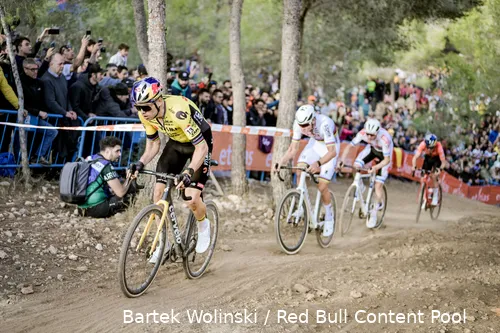
Disciplines such as cyclocross ensure cycling is popular in Europe all year round
Belgium, known for producing some of the greatest cyclists
in history, exemplifies how cycling culture influences talent development. The
country’s legendary races, such as the Tour of Flanders, have deep historical
roots, and cycling clubs are a cornerstone of many local communities. This
culture produces a steady stream of world-class riders who thrive in the
toughest races on the planet. Meanwhile, in the USA, cycling remains a niche
sport, with far fewer opportunities for young riders to get involved in
competitive racing from an early age.
Is Urban Planning a factor?
Yes, another critical factor contributing to Europe’s
dominance in cycling is urban planning. Many European cities were designed long
before the advent of cars, making them ideal for cycling. Narrow streets,
compact urban centres, and the close proximity of towns and villages mean that
bicycles are often the most convenient and efficient mode of transportation.
This fosters a strong cycling culture and provides natural training grounds for
aspiring cyclists.
Read also
In contrast, most American cities were built with cars in
mind. Suburban sprawl, wide highways, and a lack of cycling infrastructure make
it difficult for cycling to become a primary mode of transportation. As a
result, fewer people cycle regularly, and the sport struggles to gain the same
level of cultural traction that it enjoys in Europe. While there are efforts to
improve cycling infrastructure in cities like Portland and New York, the US
still has a long way to go before it can match the cycling-friendly
environments found in Europe.
The World Tour’s American snub
One of the most glaring differences between Europe and the
USA in cycling is the absence of a Grand Tour or major stage race on American
soil. Of the 35 events that make up the UCI World Tour calendar, not a single
race takes place in the United States. This is a stark omission for a country
with one of the largest populations in the world and a massive outdoor sports
culture. The lack of a premier cycling event in the US not only reflects the
sport’s relatively low profile in the country but also hampers the development
of American riders, who miss out on the experience of racing in front of home
crowds on the world stage.
Read also
Gone are the days when the Tour of California, the Tour de
Georgia, and the Tour of Utah provided a strong presence for professional
cycling in the US. These races once gave American riders the opportunity to
compete at a high level without having to travel to Europe. Their absence is
not just a gap in the calendar but a deeper indication of the challenges facing
road cycling in the US.
European cycling dominance
To understand why Europe continues to dominate cycling, it’s
important to look at the history of the sport. Cycling as a competitive sport
originated in Europe in the late 19th century. The first Tour de France was
held in 1903, and since then, the Grand Tours and the Monuments of cycling have
remained firmly rooted in Europe. The sport's deep historical ties to the
continent have created a lasting legacy that continues to shape professional
cycling today.
In contrast, competitive cycling arrived in the US much
later and has never gained the same level of popularity as in Europe. While the
US has produced talented riders in the past, cycling has always played second
fiddle to sports like American football, baseball, and basketball. As a result,
the talent pool for cycling in the US remains much smaller than in Europe,
where cycling enjoys a prominent place in the sporting landscape.
Read also
Can America reel in Europe’s breakaway?
So, what can be done to help the US catch up with Europe in
cycling? One of the most important steps is to invest in grassroots
development. Programs that introduce young riders to the sport and provide
opportunities for competitive racing are essential for growing the talent pool.
This requires not just financial investment but also a cultural shift, where
cycling is seen as a viable sport for young athletes to pursue.
Improving cycling infrastructure in American cities is
another crucial step. By creating safer and more accessible environments for
cycling, more people will be encouraged to take up the sport, both
recreationally and competitively. Initiatives that promote cycling as a means
of transportation, as seen in countries like the Netherlands, could help foster
a stronger cycling culture in the US.
Read also
Finally, the return of a major stage race to the US would
provide a significant boost to the sport. A UCI World Tour race on American
soil would not only attract top international talent but also inspire the next
generation of American cyclists. While this may seem like a distant goal, it’s
an essential step if the US is serious about closing the gap with Europe in
professional cycling.
The gulf between European and American cycling is stark, but
it’s not insurmountable. Europe’s dominance is rooted in a deep cycling
culture, favourable urban planning, and a rich history of competition. The US,
by contrast, faces challenges in all these areas, but with the right
investments in grassroots development, infrastructure, and a major race, there
is potential for the gap to narrow. Until then, Europe will likely continue to
dominate the World Tour, leaving American cycling with much work to do.
claps 5visitors 5
Just in
Popular news
Latest comments
- it will be interesting to see his results when he steps into the bigger races. 19 wins, but so many in the fall in mid level races. still the mid races need to be won to step up to the biggies.mij09-01-2026
- Looks like his poor health just stomped on the rear mech of his cycling career.Onepiece09-01-2026
- she is so good. even her results from 2025, which were “bad”, would be a career year for most riders. and consider at MSR, for example, her teammate won - perhaps Lotte could have won it. wishing her the best for 2026!mij09-01-2026
- bummer - he was fun to watch and was young. had a lot left in him.mij09-01-2026
- What a fairytale day! Everything fell into place.mhfrvz09-01-2026
- Not sure you can say that someone as talented and successful as him has had bad luck, but between coming along right after the two titans and now this, his is a career cut short. Perhaps he can transition to a different role in the sport, but in any case I wish him well.MidnightRider08-01-2026
- I doubt it. This blows a hole in their ranks.mobk08-01-2026
- For a while there, Eli was the best of the rest in cyclocross behind Mathieu and Wout. It must be tough to be forced to retire early due to medical issues, but good health trumps everything else. I wish him the best in his future endeavors.
 santiagobenites08-01-2026
santiagobenites08-01-2026 - however you frame it, it seems that they asked more from Ayuso (who obviously did not deliver the needed support) than they are asking from del Torro ... who - according to this quote - just needs to show up and can then ride however he likes.Ketterechts08-01-2026
- I agree that Ayuso was wrong in doing what he did at the tour, but we don't know everything behind the feud unless they all say honestly what went wrong. If he us such a rat and traitor, which it's a bit harsh, then what is to be said about Soler when he was with Movistar and didn't want to ride for Mas? I was disappointed, yes, but realize riders also have goals, and right now, UAE is all about their golden boy.Colnago-fan08-01-2026
Loading
9 Comments
